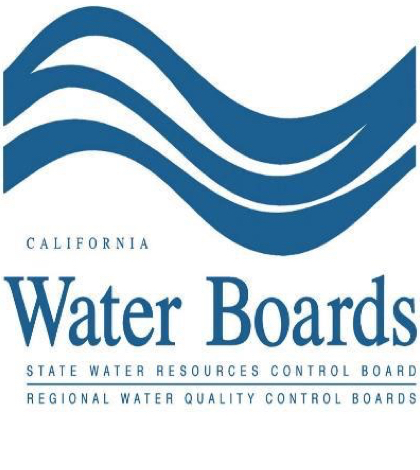Help is on the way, both immediate and long-term, for the nitrate and salt contamination of groundwater basins and surface water in the Central Valley. Although the long-term resolution may be a multi-year process, stakeholders have developed a plan to address one of the region’s most challenging water quality problems.
After more than 13 years in development by stakeholders and the Central Valley Regional Water Quality Control Board (CVRWQCB) a plan was approved earlier this week by the State Water Resources Control Board (SWRCB) to address the buildup of salt and nitrates in Central Valley groundwater basins and surface water. In the interim the plan also includes the delivery of clean drinking water to disadvantaged communities impacted by nitrates until impaired aquifers are restored.
Nitrate buildup in the Central Valley’s groundwater is largely due to decades of irrigating and applying fertilizer to some of the nation’s most productive farmland. But dairies, wastewater treatment plants and other sources have also contributed to the valley’s nitrate contamination. Regardless of the source, groundwater is now unsafe for consumption in many rural communities from Colusa to Kern counties and it has proven to be harmful to human health, especially for infants.
What’s unique about the new plan is that it allows groups of dischargers to form nitrate management zones and develop implementation plans to provide safe drinking water to impacted residents and implement measures to reduce nitrate pollution. The Central Valley Board would maintain the authority to issue permits to ensure dischargers are meeting their goals.
“This plan is a better, more durable solution because it represents the work of diverse interests coming together to find common ground,” said State Water Board Chair E. Joaquin Esquivel. “Salinity and nitrate challenges are not unique to the Central Valley or California, but what is unique is the leadership, collaboration and creativity, that led to development of this critical plan. Implementation is the real focus and challenge now. Further delay only increases the cost and harm to our communities.”
The immediate strategy is for the Central Valley-wide Salt and Nitrate Management Plan to provide safe drinking water to residents whose water supplies are contaminated with nitrates. The long-term plan will require farms, dairies and other sources to reduce nitrate discharges so they no longer contaminate groundwater. The ultimate goal is to clean up groundwater to meet water quality standards.
Dischargers must identify a method for funding their implementation plans, including paying for needed replacement drinking water. Although dischargers can seek funding from other public sources — including local, state and federal funds – they are ultimately responsible for timely implementation of their plans.
The SWRCB has directed the Central Valley Board to return in one year with targeted revisions aimed at:
- Strengthening requirements to reduce nitrate contamination of groundwater basins.
- Accelerating the timeline for achieving this goal. Dischargers will be required to reach this goal within as short a time as practicable, but not to exceed 35 years.
- Requiring enforceable interim deadlines and a final compliance date for dischargers to meet their goal of reducing nitrate discharges.
- Requiring residential sampling programs that provide water quality testing for residents whose water supplies may be contaminated.
Additionally, dischargers must develop a comprehensive strategy for addressing their contribution to the buildup of salts in surface waters and groundwater in the Central Valley.
The plan is comprised of five goals and to support the goals, the recommendations for new policies and regulatory strategies must address: sustaining the Central Valley’s lifestyle; support regional economic growth; retain a world-class agricultural economy; maintain a reliable, high quality water supply; and, protect and enhance the environment.
 California Water News Daily Your Source For Water News in California
California Water News Daily Your Source For Water News in California


